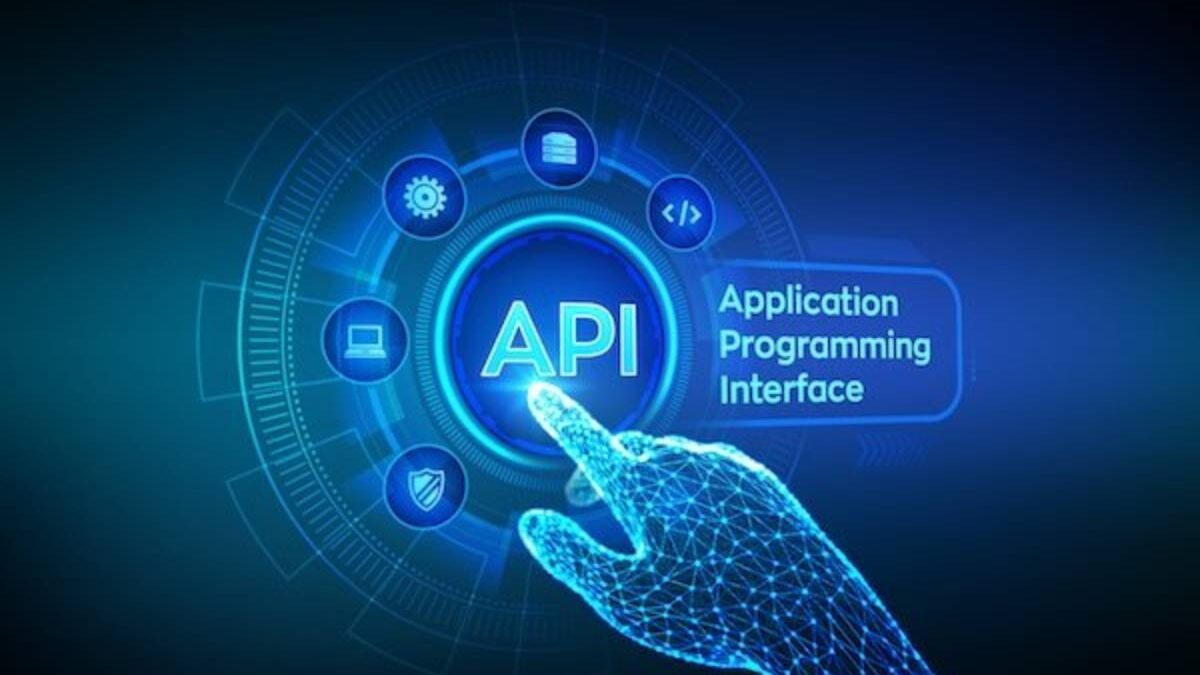APIs: For burgeoning app developers who have heard about the great new American gold rush that is app development, but haven’t been able to gain any traction with the projects they’ve released so far, watching those that have succeeded enjoy their fame and fortune feels akin to being a peasant in medieval England, starving, watching the royals dine on expensive meats and fine wine.
The app development gold rush has been with us since the invention of the smartphone, with popular apps like Flappy Bird cracking through the screen and entering public myth. Flappy Bird was an inspiration to young app developers back in the early 2010s, with its creator Dong Nguyen taking the application from concept to product in a mere two days, raking in lots of cash for his troubles. The developer credits his success to the game being made to fit into a particular niche, claiming that people didn’t want a game that would take a while to learn: they just wanted something they could pick up and play at any time. Turns out, he was right: Flappy Bird struck gold, being downloaded over 50 million times, and while Nguyen did remove the app from the store after he’d made his payday, it still stands as one of the most popular apps of all time.
Nguyen was successful because he was able to target a niche that few before him had hit upon, providing an answer to a customer need that nobody else was even trying to meet. As such, the path to success for app designers seems to be to aim for the unspoken need of the market; the problem with this, as you can no doubt imagine, is for beginning app developers (whether they’ve done a sufficient study of the market or not), finding that need can be difficult, especially amidst so much competition as others try to get rich quick. The answer seems to be to provide as much utility to your applications as possible: for that, you’ll need application product interfaces (or APIs).
Table of Contents
ToggleApplication Program Interfaces: An Existing Network of Programming
APIs are all around you, working in every single device you use on a daily basis to bring you the seamless user experiences you have come to expect from your tech. APIs are, in short, an agreement between two programs or services to work with one another and share data with one another under specific conditions, allowing them to regulate their partnership without developer supervision. Without APIs, none of your applications would be able to work with one another seamlessly, either requiring extensive permission-granting to work with one another on the part of the user, or being forced to operate completely independent of one another.
APIs can be open source, meaning that the program’s developers have given the application permission to integrate and work with any program that comes its way, or they can be more limited in application. Limited APIs are typically ones where you have to negotiate with a particular APIs developer, paying a premium for access to their product: once the premium is paid, the terms under which data is shared can be negotiated between the two parties.
Here’s why APIs are critical for developers:
1. Access to External Services
2. Faster Development and Innovation
3. Interoperability and Ecosystem Integration
4. Modularity and Scalability
5. Data Accessibility
6. Mobile and Web Application Integration
7. Business Growth and Monetization
Why Use APIs? A Tool for App Developers
For app developers, whether they choose to use open source or premium APIs, the advantage of incorporating them into your application is that you’re essentially patching your application into an existing framework of programming already used and beloved by customers. Some APIs allow customers to log into your application with accounts they use for site mainstays like Google or Paypal, while others allow your application to provide a utility that it wouldn’t have otherwise, like a weather API or census APIs.
APIs are the means by which the market stays competitive, making sure that new app developers have access to the same resources as their more established counterparts. With the correct usage and implementation of APIs, you may find that your application becomes a lot more palatable to consumers and that your download numbers begin to incline (if not skyrocket) slowly.
You’ve been given the keys to the kingdom, an invitation to the feast: feel free to explore the many APIs out there for download, as well as do some market research on essential functions consumers expect from their applications. If you make the right moves, you may find yourself sitting on the throne someday.
Related posts
Hot Topics
Mobile Threat Defense: The Silent Shield Behind Every Secure App
Mobile apps are found everywhere in India’s rapidly developing digital landscape—from banking and online shopping to healthcare and learning. And…
How to Get Started with Crypto Trading: A Complete Beginner’s Guide
I was completely shocked when I began trading in cryptocurrency. I was there, seeing numbers arranged like an abstract painting,…



